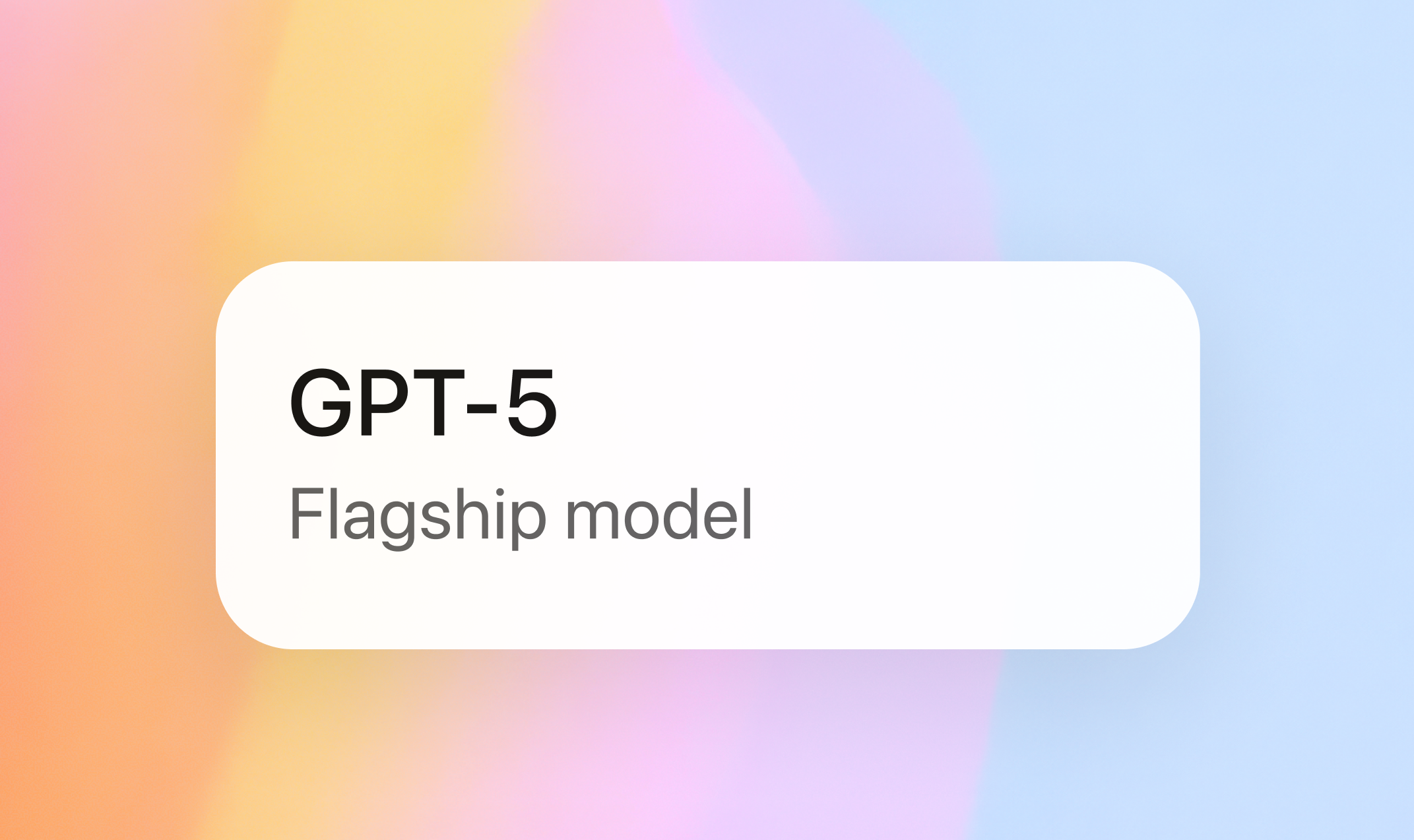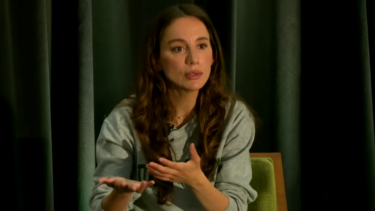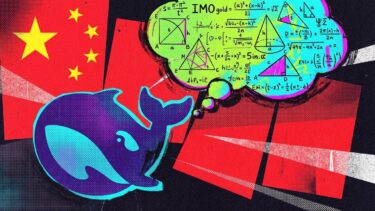With Thinking Machines Lab, former OpenAI CTO Mira Murati is taking a more targeted approach to AI models. Instead of chasing general-purpose superintelligence, she's betting there's more value in building custom AI for specific business needs.
According to The Information, Murati's new company, Thinking Machines Lab (TML), is focused on developing AI models tailored to a client's core business metrics. The goal is to offer specialized solutions for sectors like customer service, investment banking, and retail—AI models designed for measurable business outcomes and priced at a premium.
At the core of TML's strategy is reportedly reinforcement learning, where models are rewarded for achieving set goals and penalized for mistakes. Investors have started calling this "RL for businesses." This technique is behind so-called reasoning models like OpenAI's o1.
This focus on reinforcement learning for specialized applications matches advice from OpenAI researcher Rohan Pandey, who has described the LLM-RL paradigm as especially promising for vertical AI startups. Reinforcement learning allows for deep specialization—something even OpenAI finds difficult to scale. In late 2024, OpenAI introduced its own developer interface for reinforcement fine-tuning (RFT), but access to the method is still limited to select partners.
Model Layer Sharing and Open Source
On the technical side, The Information reports that TML is combining neural network layers from a range of open-source models—a process similar to model merging, a technique highlighted in March 2024 by Japanese AI startup Sakana AI.
Open-source models have typically trailed behind commercial systems like GPT-4o, but recent projects such as Deepseek suggest the gap is closing. TML hopes to take advantage of this trend by getting products to market faster using open source as a foundation. The company's infrastructure relies on Nvidia servers rented through Google Cloud.
TML isn't limiting itself to enterprise clients. According to The Information, the team has also discussed building a consumer-facing chatbot that could compete with OpenAI's ChatGPT, though details are still under wraps—and it's not clear if the project will move forward.
The Information also reports that TML has already recruited more than two dozen top researchers and engineers from OpenAI and Anthropic, including OpenAI co-founder John Schulman and former OpenAI researchers Barret Zoph and Luke Metz.
Why Did Murati Leave OpenAI?
Murati's departure from OpenAI followed a turbulent period at the company—she was reportedly at odds with CEO Sam Altman, though she denies this.
But beyond any behind-the-scenes tension, her exit brings up a bigger question: why would a CTO leave a company that's supposedly on the verge of achieving AGI or even more?
With an insider's view of OpenAI's progress, Murati chose a different path. One possible reason is the business model. AGI is bold, but it comes with major risks. Specialized models, built for revenue and efficiency, can be developed and scaled much faster—and with fewer unknowns.
There's also a good chance Murati, like many others in the field, doesn't see AGI as achievable with current LLM technology. Her strategy reflects that belief—she's betting on focused, practical solutions instead of chasing after universal intelligence.





